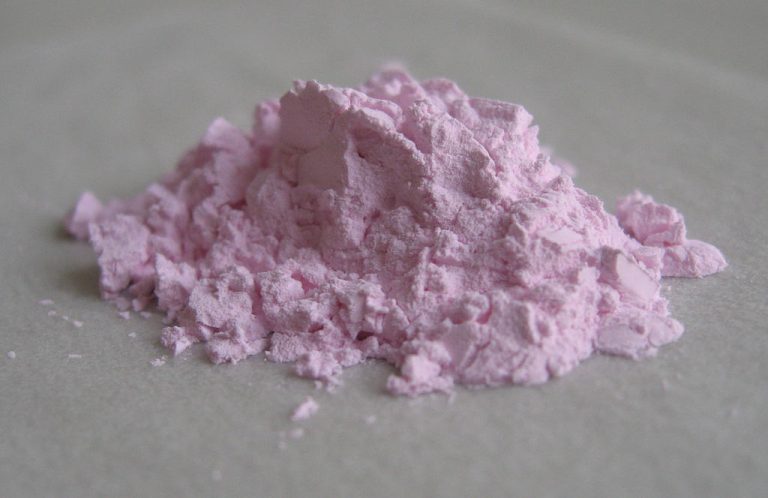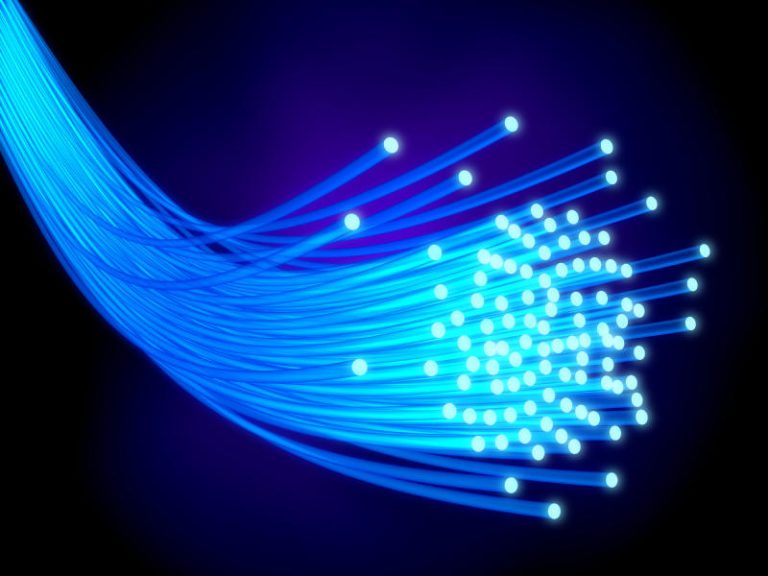Er • Atomic Number 68

Erbium
Erbium is a silvery-white metal that belongs to the heavy rare earth elements. It is malleable but also quite brittle.
The name is derived from the Ytterby mine near Stockholm.
Erbium was discovered in 1843 by Carl Gustav Mosander. However, the supposedly pure oxide was actually a mixture of oxides of erbium, scandium, holmium, thulium, and ytterbium.
The clarification of this mixture was later achieved by chemists Marc Delafontaine and Per Teodor Cleve. Pure erbium oxide was first produced in 1905 by the French chemist Georges Urbain and the American chemist Charles James.

Rare Earth Elements
As a heavy rare earth element (HREE), erbium is more commonly found in HREE-enriched minerals such as xenotime and euxenite. Additionally, erbium occurs in ion-adsorption clays (clay deposits), which, due to their relatively simple processing despite the low percentage of rare earth elements, represent the most important source of HREEs. The primary sources are ion-adsorption clay minerals from southern China (Jiangxi and Guangdong provinces) and Myanmar.
After an elaborate separation of other erbium-associated elements, the oxide is converted with hydrofluoric acid into erbium fluoride. It is then reduced to metallic erbium using calcium, producing calcium fluoride as a byproduct. Remaining calcium residues and impurities are removed through an additional vacuum remelting process.
Its unique interaction with light accounts for most of the element’s applications. Unlike cerium or lanthanum, its uses are more specialized but absolutely crucial for modern technologies.
In fiber optic networks, erbium-doped glasses serve as optical amplifiers. These erbium-doped fiber amplifiers (EDFAs) form the backbone of the global internet. They enable data transmission over thousands of kilometers under the oceans without the need for electrical signal regeneration along the way.
In medicine, erbium lasers (Er:YAG lasers — erbium-doped yttrium aluminum garnet) are used in dermatology and dentistry due to their precise and controlled effects.
Besides medical lasers, erbium is also used in other high-precision lasers: erbium-doped crystals (such as Er:YAG, Er:YSGG) are employed in lasers for precise cutting, welding, and marking in industrial applications.
Erbium oxide, which has a beautiful and distinctive pink to rose color, is used as a dye for glass, jewelry, and sunglasses.
(Er₂O₃) exhibits a very attractive and characteristic pink to rose hue.
Besides its optical properties, erbium is useful in nuclear power due to its ability to easily absorb free neutrons. This makes it suitable for use in control rods in nuclear reactors.
Furthermore, erbium alloys are used in cryocoolers for applications at liquid helium temperatures because of their high specific heat capacity.

|
General Information |
|
| Name, Symbol, Atomic Number | Erbium, Er, 68 |
| Series | Lanthanoid |
| Group, Period, Block | La, 6, f |
| Appearance | silvery-white |
| CAS-Number | 7440-52-0 |
| Abundance in Earth's crust | 2.3 ppm |
| Atomic Properties | |
| Atomic Mass | 167.26 u |
| Atomic Radius | 175 pm |
| Covalent Radius | 189 pm |
| Electron Configuration | [Xe] 4f¹² 6s² |
| 1. Ionization Energy | 589.3 kJ/mol |
| 2. Ionization Energy | 1150 kJ/mol |
| 3. Ionization Energy | 2194 kJ/mol |
| 4. Ionization Energy | - |
| Physical Properties | |
| State of Matter | solid |
| Crystal Structure | Hexagonal |
| Density | 9.045 g/cm³ (at 25 °C) |
| Magnetism |
Paramagnetic (χm = 1.4 × 10⁻³) |
| Melting Point | 1802 K (1529 °C) |
| Boiling Point | 3141 K (2868 °C) |
| Molar Volume | 18.46 * 10⁻⁶ m³/mol |
| Heat of Vaporization | 285 kJ/mol |
| Heat of Fusion | 19.9 kJ/mol |
| Electrical Conductivity | 1.16 * 10⁶ A/(V·m) |
| Thermal Conductivity | 15 W/(m*K) |

